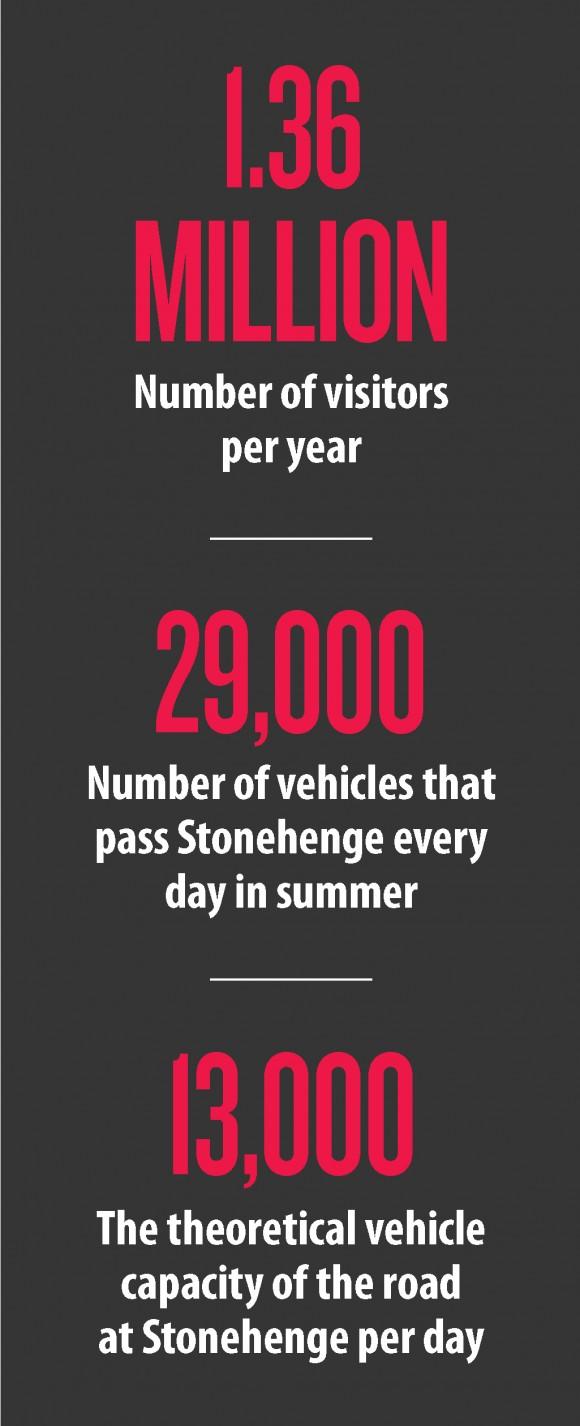BIRMINGHAM, England—The word “Stonehenge” might hum with prehistoric mystery and magic—but for locals it is a byword for gridlock.
A two-lane highway narrows to one lane as it ploughs through the World Heritage site, with trucks and cars crawling within 200 yards of the stones, seeding bumper-to-bumper traffic that blights local towns and villages.
After 30 years, a radical solution has finally been given the green light: a two-mile tunnel with a 2 billion pound ($2.44 billion) price tag.
Tunneling under the site may bring peace to the stones and calm the local traffic, but archaeologists say it will wreck the broader heritage.

*





